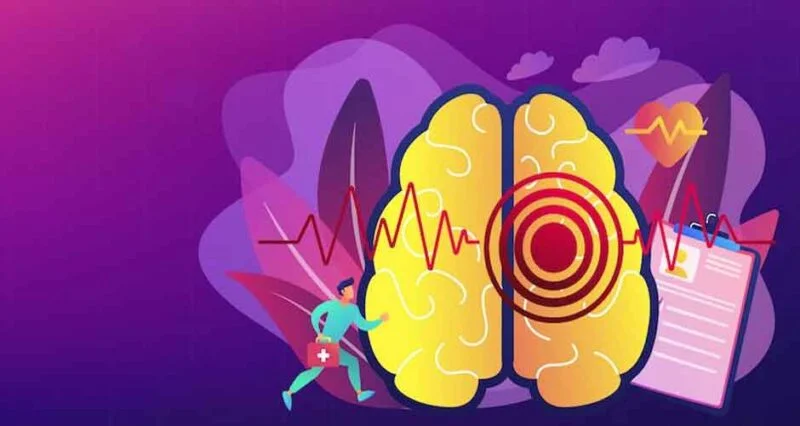
March is Brain Injury Awareness Month, a time to shed light on the prevalence and severity of brain injuries. While the term “brain injury” encompasses a broad spectrum of conditions, ranging from mild concussions to severe traumatic brain injuries (TBIs), each carries its own set of challenges and potential long-term effects.
What are Concussions?
A concussion is a type of mild traumatic brain injury caused by a bump, blow, or jolt to the head or body that disrupts normal brain function. Contrary to popular belief, concussions do not always involve loss of consciousness. Instead, they can manifest through a variety of symptoms, including headache, dizziness, confusion, nausea, sensitivity to light or noise, and changes in mood or behavior.
Severity Gradient of Traumatic Brain Injuries
Brain injuries are typically categorized by severity, with mild, moderate, and severe classifications. Mild brain injuries, such as concussions, are the most common and often result from falls, sports-related accidents, or motor vehicle collisions. These injuries may cause temporary symptoms like headache, dizziness, and confusion but typically resolve with rest and time.
Moderate brain injuries involve more significant trauma to the brain and can result in prolonged symptoms, including cognitive impairments, memory loss, and mood changes. These injuries may require medical intervention and rehabilitation to help individuals regain lost function and adjust to any permanent deficits.
Severe brain injuries, on the other hand, are life-altering events that can result in permanent disability or even death. These injuries often involve extensive damage to brain tissue, leading to profound physical, cognitive, and emotional impairments. Survivors of severe TBIs may require round-the-clock care and ongoing medical support to manage their condition and maximize their quality of life.
Impact on Daily Life
The severity of a brain injury directly correlates with its impact on daily life. While individuals with mild brain injuries may experience temporary disruptions in their routine, those with moderate to severe injuries may face long-term challenges that affect every aspect of their lives.
Physical impairments, such as paralysis, loss of coordination, or difficulty speaking, can make it challenging to perform simple tasks like dressing, eating, or using the bathroom independently. Cognitive deficits, such as memory loss, impaired judgment, and reduced problem-solving ability, can hinder one’s ability to work, manage finances, or engage in social activities.
Emotional and behavioral changes are also common after a brain injury, ranging from mood swings and irritability to depression and anxiety. These changes can strain relationships with family and friends and make it challenging to participate in social gatherings or maintain employment.
Prevention and Awareness
While some brain injuries are unavoidable, many can be prevented through simple safety measures. According to the Las Vegas motorcycle accident attorneys at Harris & Harris Injury Law firm, you should always wear helmets while operating a motorcycle or participating in high-risk activities. Additionally, you should implement fall prevention strategies in the home can significantly reduce the risk of traumatic brain injuries.
During Brain Injury Awareness Month and beyond, it’s essential to educate ourselves and others about the signs, symptoms, and prevention strategies associated with brain injuries. By raising awareness and advocating for safety measures in our communities, we can help reduce the incidence of brain injuries and improve outcomes for those affected.
Brain injuries vary widely in severity, from mild concussions to severe traumatic brain injuries, each presenting its own unique set of challenges. While mild injuries may resolve with rest and time, moderate to severe injuries can have long-lasting effects on physical, cognitive, and emotional function. By promoting awareness, advocating for safety measures, and supporting individuals affected by brain injuries, we can work together to reduce their impact and improve outcomes for all.

